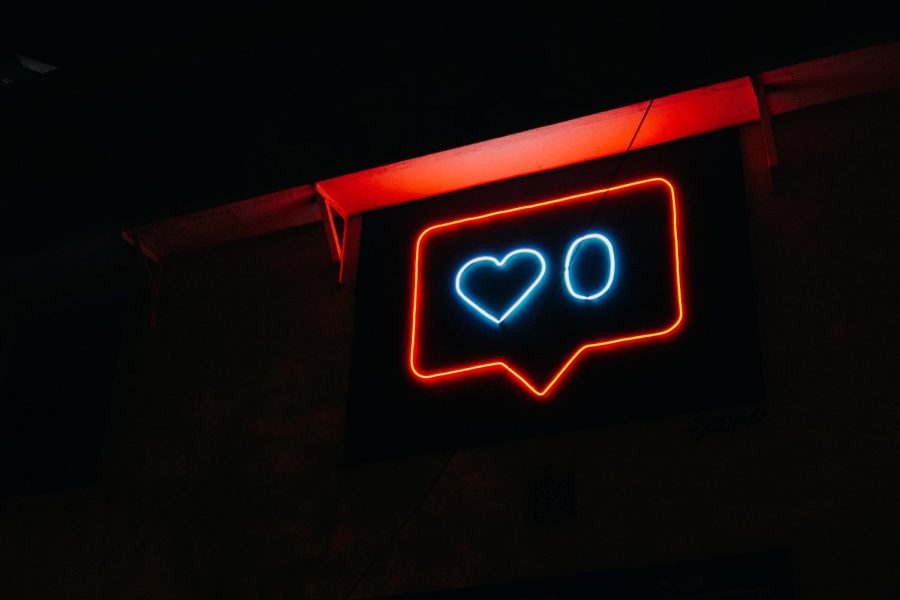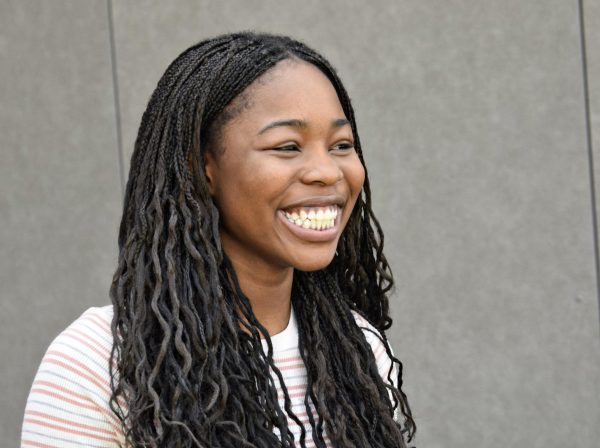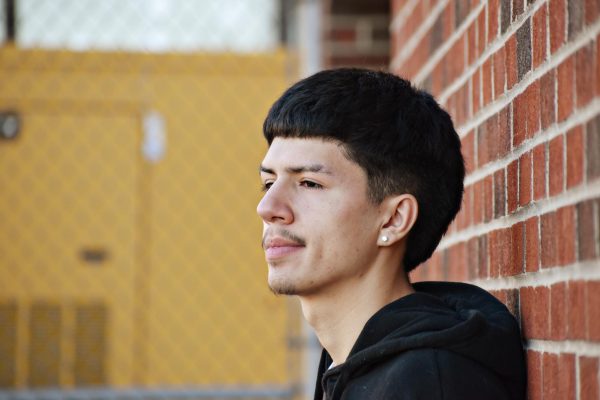Barstool accounts raise questions about bullying
WEGO’s barstool account is popular, with more than 1000 followers, but some question if there is a dark side to this type of social media. (Photo by Prateek Katyal, courtesy of Pexels)
May 11, 2023
Those who are not active on Instagram, or who have been living under a rock, might be unaware of the latest WEGO trend: last year, West Chicago Community High School, and many other schools in the nation, saw a large increase in random yet school-related Instagram accounts. It was late second semester of the previous school year when these accounts started popping up all over the social media platform, but it was not until this year when some students and staff took issue with these accounts.
Wegobarstool23 and barstools in general are national, popular accounts that comment on sports. Wegobarstool23 offers an unfamiliar kind of school spirit, offering weekly reminders of school games and events, and while the account still offers those alerts, some posts have been deemed concerning by a few students.
“I don’t have Instagram, but when I did finally see our school’s barstool account, I think the posts were a bit odd, but humorous. Kind of like yours, but they do encourage school spirit, and [do] bring us all together,” junior Vivianne Abistato said of her school’s (Carl Sandburg High School) barstool.
Though “Wegobarstool23” does make sure to include in their bios that they are not affiliated with West Chicago Community High School, the ties between these accounts and the school are very undeniable. While the accounts do not feature any images of the school, they are still using the school’s name, mascot and logo.
The purpose of the @wegobarstool23 account is unclear: it seems to have originated in the spring 2022 as a way to keep track of takedowns in the Senior Assassins game played by the class of 2022, and is now using its platform to inform students about upcoming events and to publish, the “Almost Friday” posts, which feature WEGO students.
“I think the account has really brought the school together, especially the senior class. I’ve seen a couple of the ‘Almost Friday” posts too, and they’re way better than the ones I ever posted, haha. I think it’s moving in a really positive direction and I hope people keep using this account in the future, but good luck to whoever runs it for Senior Assassins because you’ll need it,” former barstool administrator/student Jocelyn Munoz wrote via email.
It is worth mentioning that all these accounts are not the same, and all offer different types of posts. Accounts like wego_fits, or wegocaughtsnoozing feature posts are seemingly harmless. Wegocaughtsnoozing has even grossed over 1000 followers on Instagram.
But with the good does come the bad.
Recent posts have been under fire for featuring students in more compromising positions, posts frequently include students in the bathrooms, and locker rooms
“I would say that you have a reasonable expectation of privacy in those locations so to publish a picture of a person in those locations without their permission would be a violation of that reasonable expectation,” Kent State University Associate Professor Bradley Wilson said.
Similarly, two weeks ago, sophomore Pamela Cruz became aware of a situation involving a friend. A photograph of said friend had been posted to one of the more popular WEGO accounts, wegohottestppl grossing 407 followers at the time the photo was published. The account may have some sort of cult following, but likes predominantly come from the same sources.
A freshman, who shall remain nameless to protect the student’s privacy, with no Instagram account themselves, was pictured in a post on the wegohottestppl account. The student learned of these posts through Cruz.
“I was mortified that someone could use my image, without my consent, and I’m still kind of recovering from it weeks later,” the student said.
“It’s very distasteful watching something like that happen to my friend,” Cruz said.
The rise of social media is unlike any other issue within schools, as there is no set procedure on how to deal with inappropriate content, and it is impossible to keep up with new trends. Students are the only ones who understand the severity of certain posts, and while they can easily recognize when something feels like bullying, many believe there is little they can do.
“Our control over what gets posted is very limited,” WCCHS Dean of Students Janet Hurtado said.
Though there is little the administration can do, involving these accounts, the opportunity for individual students to take action is still always available
“If someone is posted on there and they don’t want to be there, best bet is to still come and report it to us, and we’ll look into it and try to figure out who it is or try to get it taken down. But we do have a limitation,” said Hurtado
The extent to which social media posts can be addressed by a school remains a gray area. In 2021, a big case was taken all the way to the Supreme Court, concerning then 14-year-old cheerleader Brandi Levy, from Pennsylvania who was videotaped engaging in “disruptive behavior‘. She posted a photo of herself and a friend flipping the bird to the camera, along with a message that said, “F*** the school. … F*** cheer, F*** everything.”
And while Levy’s case is not exactly like WEGO’s, they do hold some similarities: the Supreme Court ruled in favor of Levy and her family, who claimed that the school could not punish students for off-campus behavior regardless of the context. Nevertheless, the court did declare that schools may, in fact, punish some speech that occurs off-campus or outside of school hours, especially if it is harassing, bullying, cheating or otherwise disruptive.
The following list describes situations in which schools can legally discipline online behavior.
- There is a legitimate and compelling state interest, such as a violation of a code of conduct established by school policy. (Tatro v. University of Minnesota, 2012)
- The social media content is directed at the school community in some way that could reasonably be understood to be threatening. (Bell v. Itawamba County School Board, 2015)
- It could potentially cause a substantive and material disruption to the educational process. (Tinker v. Des Moines, 1969)
- It promotes illegal activity, such as illegal drug or alcohol use, theft, etc. (Morse v. Frederick, 2007)
- If the content is obscene, lewd, or plainly offensive, vulgar, indecent, racist, or otherwise inappropriate in a school setting, e.g., sexually suggestive. (Bethel Sch. Dist. No. 403 v. Fraser, 1986)
The unique issue with Instagram and social media is the anonymous factor: it takes less than five minutes to even create an account, and while one might be able to guess who runs these accounts, it is impossible to know for sure, or hold such a person accountable for anything posted.
The general idea is that these accounts are allegedly posting whatever is sent to them by other students. The owners may not be going out of their way to seek content.
“I do feel like the owner is young, like a freshman young. It gives off a vibe of a young person trying to impress older people, only to come off as childish,” Cruz said.






